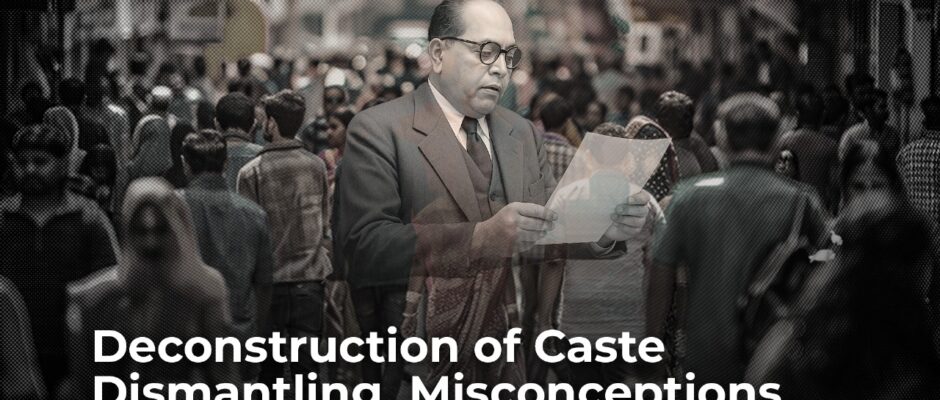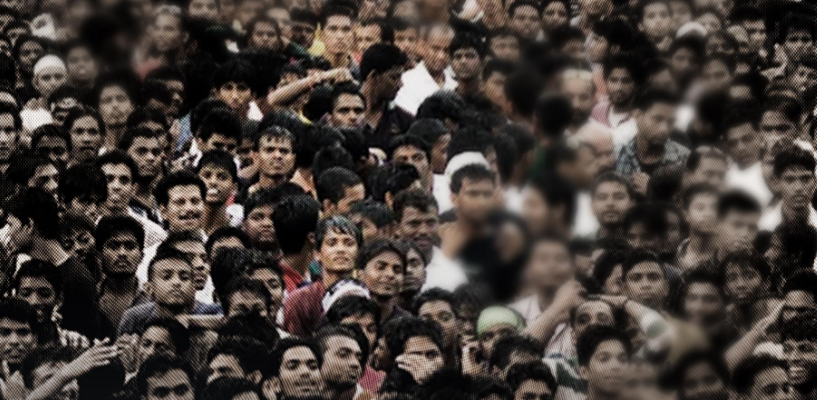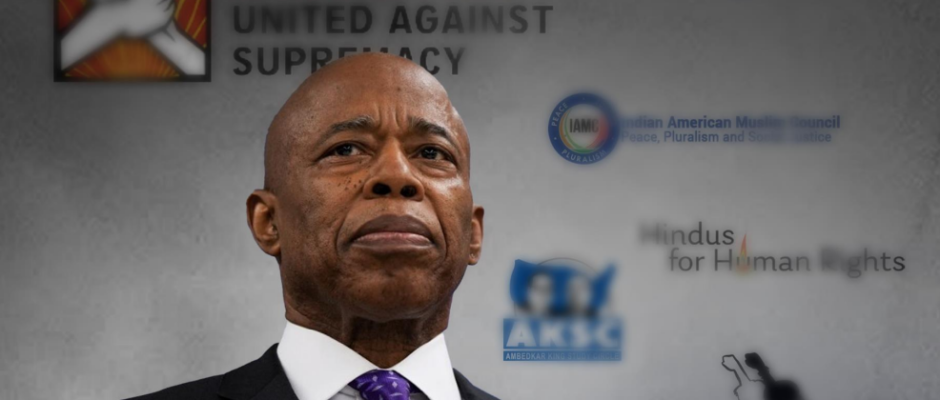
Keeping The Window Open!
Delicate balancing of relations between US, China & Russia is test of Bharat’s foreign policy framework that centres on strategic autonomy. K.A.Badarinath Will there be a huge shift in Bharat’s foreign policy framework? Or, possible tilt towards China, Russia conglomeration, a permanent feature? Will this lead to increased distancing between India and US under Republican White House stewardship? What’s in store on geo-political, strategic and economic engagement for Bharat and the world? There are several unanswered and unsettling questions that pop up in inter-personal conversations and on the information highways as one scans on Google, Weibo to Douyin. Prime Minister Narendra Modi’s visit to China and Japan has set off a flurry of conversations internationally. Both, Beijing and Tokyo are most intrinsic foes that do not have much in common especially after the war leading to Japan’s surrender in 1945. Several questions that analysts, anchors and seasoned newsmen are also awe-stuck given that in the first place he lined up the visits to both China and Japan in one go. Secondly, not only do they keep distance but belong to two diametrically opposite camps but have huge issues in global equations. While China and Russia have had rivalled US-led NATO group, Japan falls into the latter alliance. Thirdly, this visit of Prime Minister Modi is significant in the backdrop of United States President Donald Trump weaponising trade, imposing 50 per cent tariff on Bharat’s goods and services and thereby burning bridges. Fourthly, Prime Minister Modi’s two nation visit gained prominence as the ‘global south’ network seeks to consolidate its position via the Shanghai Cooperation Organization whose twentieth session was held in Tianjin as China holds the rotating chair as of now. Fifth, most analysts think that Bharat’s ‘strategic autonomy’ policy framework is being put to test with re-setting its relations vis-à-vis US and China. Sixth, however, top hawks in Bharat’s foreign affairs department do expect the relations with United States to bounce back to normalcy as had happened in the past after Washington DC imposed unilateral sanctions in aftermath of Pokharan nuclear tests. Seventh, the probability of a ‘delicate balancing act’ that New Delhi would enact with caution but firmness of purpose as its near time posturing without yielding to bullying tactics of US. Eighth, there’s no reason why Bharat should not continue oil trade with Russia or any other country depending on prevailing market conditions. Neither US nor Europe have locus standi to corner Bharat citing oil trade given their own continued ‘lucrative gas deals’ with Russia and its partners. Ninth, Prime Minister Modi’s visit to both Japan and China indicate that Bharat has the depth to manage diversities. For instance, enhancing Japanese investments to US $ 68 billion from $ 34 billion through 170 deals is a big take away for both Bharat and Japan who enjoy strategic and special relationship. This is a firm message for US that sought to dry up the foreign investment pipeline in Bharat to push for a ‘bad trade deal’. By not participating in a significant programme to commemorate China’s victory over Japan is again a big message to Beijing that New Delhi has its friends elsewhere as well. Bilateral summit between Prime Minister Modi and Chinese President Xi Jinping has been regarded as pivotal to ‘resetting relations’ as development partners and ‘not as rivals’. While the intent is good, first step has been taken to normalise relations, there are several challenges especially on borders, Belt and Roads Initiative that brings Chinese projects to the doorstep via Pakistan occupied Jammu and Kashmir. Apprehensions seem to be very high on both over outcome of these meetings even as China and Bharat ready to celebrate 75-years of diplomatic relations. One significant point made by Prime Minister Modi that has gone viral was border peace and tranquillity was like an insurance policy for future enduring relations. Can the dragon and elephant in the room tango seamlessly is a billion dollar question as resetting of relations is attempted. As one Chinese scholar wrote ‘it’s rational choice and shared responsibility for both India and China to reset relations’. A big take away is a meeting between Prime Minister Modi and Russian President Vladimir Putin with carpooling and Ridge Carlton delegation level talks happening in a ‘delightful’ atmosphere. The visuals and videos of Modi, Putin traveling in a Russian made car throwing protocols to winds is not something European Union or US will want to watch. Given that US described Russia and Ukraine conflict as ‘Modi’s war’ has had no impact on the two leaders’ summit deliberations that extended a wee-bit. Also, 2025 marks 15 years of Indo-Russian strategic relationship that would come into full play later this year. From Bharat’s perspective, there have been a few takeaways from 20-members SCO summit. Unadulterated condemnation of Pahalgam attack by terrorists from across the borders is what India expected and achieved. Also, expanding trade relations between different SCO member countries with payments squared off in respective currencies is big. This would also mean that increasingly trade would get delinked from US dollar and euro while Chinese Renminbi, Russian rouble and Indian Rupee would gain in terms of acceptability. While the show in China came to a near close, the implications of new found friendship between Presidents’ Xi, Putin and Prime Minister Modi will result in sleepless nights for those in Trump administration and Brussels, housing headquarters of European Union. (Author is Director and Chief Executive of New Delhi based non-partisan think tank, Centre for Integrated and Holistic Studies) Keeping The Window Open!









